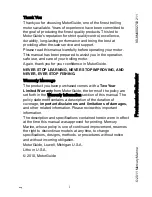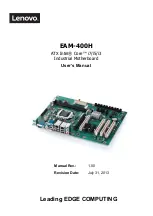
168
array. You can partition the array however you see fit. You can
format the array with whatever file system you wish.
INSTALLATION ISSUES
(Capacity, Booting)
Q: Why are some drives recognized by the FastTrak100-Lite Array
Setup utilities with only partial capacity?
A: Some hard drive models are shipped with a jumper that reduces the
addressable capacity of the drive to prevent problems with older
systems which won’t support larger drives. Consult the documentation
accompanying the hard drive to set the jumper appropriately in order to
utilize the full capacity of the drive.
Q: How can I change the system boot sequence in order to boot from
the FastTrak100-Lite array?
A: The boot sequence is controlled by the system BIOS. As far as the
system BIOS is concerned, the FastTrak100-Lite controller and defined
arrays are categorized as a “SCSI” device (even though the BIOS will
not attempt to access the FastTrak100-Lite as any type of SCSI
device). This allows you to set the boot sequence in your BIOS CMOS
setup utility to boot from “SCSI” (an add-in controller like the
FastTrak100-Lite) first, rather than “IDE” (an IDE controller built onto
the motherboard or one which effectively replaces it). If there are
multiple SCSI add-in controllers in the system, then the boot sequence
among them will be determined exclusively by their PCI slot priority.
PCI slot #1 will be first, slot #2 second, etc. Put the FastTrak100-Lite
controller in the PCI slot where it will be accessed ahead of other SCSI
controllers if you want to boot from the array.
Q: How can I change the boot sequence between a PCI SCSI card
and the FastTrak100-Lite RAID array?















































